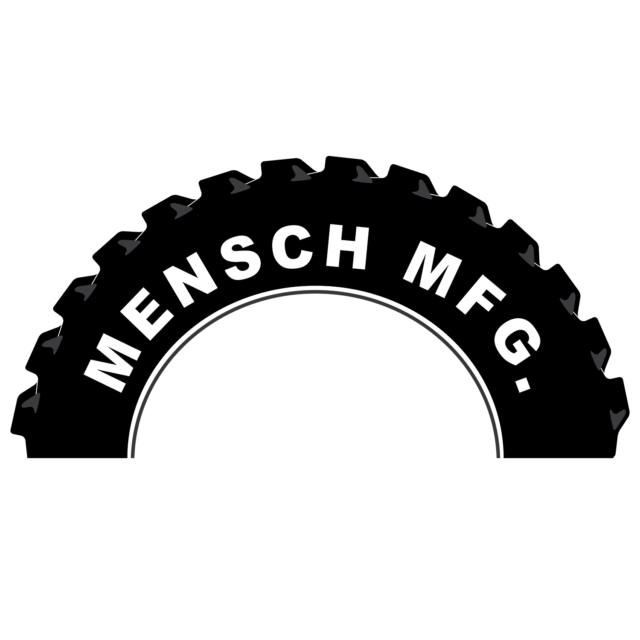With the U.S. dairy herd stubbornly near a two-decade high, cow numbers are frequently cited as a reason for excess milk production stretching processing capacity. While latest information from the USDA shows dairy cow slaughter is outpacing year-ago levels and stabilizing cow numbers, there’s also been renewed demand for dairy replacement heifers in foreign markets.
November 2017 exports of U.S. dairy replacement heifers totaled 2,596 head, valued at $4.8 million, according to latest USDA Foreign Agricultural Service data. It marked the fifth month sales topped 2,500 head in 2017.
Gerardo Quaassdorff, T.K . Exports Inc., Boston, Virginia, said a more favorable dollar exchange rate is helping U.S. exporters gain momentum in world markets. The June-November 2017 total of 13,751 head is more than any six-month stretch since early 2014, and sales during the period surpassed the total for all of 2016.
January-November exports total 26,729 head (with a value of $55.5 million), and remain on pace to yield the highest export total since 2014. December 2017 sales will be reported in early February 2018.
All reported sales went to three countries in November: Canada purchased 1,069; Mexico, 955; and Qatar, 572.
Through the first 11 months of the year, North American Free Trade Agreement (NAFTA) neighbors remain the leading destination for U.S. dairy replacement cattle. Buyers from Mexico have purchased 7,869 head, with the recent demand surge from Canada pushing sales there to 6,311.
Qatar, the target of a trade embargo by several of its neighbors, is striving for dairy self-sufficiency, imported about 2,600 head between September and November. Although they’ve been quiet in the market lately, Turkey and Vietnam were large buyers early in the year.
Looking ahead, Quaassdorff and Tony Clayton, president of Clayton Agri-Marketing, Jefferson City, Missouri, expects the strong finish in 2017 to lead to a fast start in 2018.
In addition to more heifers going to Qatar, recent shipments – not yet reported by USDA – have gone to Russia, Turkey and Thailand, Clayton said. He expects additional sales to Mexico, and his company was preparing a 1,800-head shipment for Sudan in January.
Leading markets for U.S. dairy heifers, number of head, January-November 2017
Mexico – 7,869
Canada – 6,311
Vietnam – 5,040
Turkey – 3,276
Qatar – 2,600
Challenges remain
While currency exchange rates are favorable, nothing comes easy, Quaassdorff said.
Protocols related to diseases such as leucosis, infectious bovine rhinotracheitis (IBR) and bluetongue disease are periodically being reviewed, leading to potential misinterpretations and/or cumbersome/unrealistic health requirements. The health standards, frequently moving targets, add testing costs.
“Some regular importing countries are restructuring/reviewing their animal health/import permit requirements, making the eligibility of heifers more difficult,” he said.
Health screening is critical. “No exporter will buy a heifer that is positive to leucosis test, so a dairy producer needs to pre-screen these animals before offering them to an exporter,” Quaassdorff said.
Animals with accurate health records, including documented health management and routine vaccine programs, are more valuable. With demands related to health certificates and genetic identification a moving target, Quaassdorff recommends working with a veterinarian willing to understand and follow the export procedures. Potential sellers should also work with reputable and experienced exporting companies, including members of the Livestock Exporter Association.
Other demands
Quaassdorff said foreign buyers are looking for several other things when purchasing dairy cattle. While animals do not have to be registered, accurate sire identification is important. Animals with parentage verification and performance information through genomic tests are more valuable.
Exporters prefer to buy uniform-sized heifers from few locations, with heifers meeting breed standards for weight and age. ![]()

-
Dave Natzke
- Editor
- Progressive Dairyman
- Email Dave Natzke











